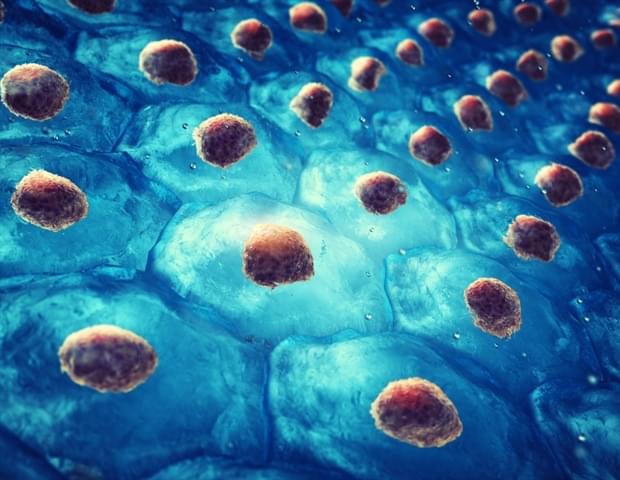While current diagnostic definitions of attention-deficit hyperactivity disorder (ADHD) are relatively new, the general condition has been identified by clinicians under a variety of names for centuries. Recent genetic studies have revealed the condition to be highly heritable, meaning the majority of those with the condition have genetically inherited it from their parents.
Depending on diagnostic criteria, anywhere from two to 16% of children can be classified as having ADHD. In fact, increasing rates of diagnosis over recent years have led to some clinicians arguing the condition is overdiagnosed.
What is relatively clear, however, is that the behavioural characteristics that underpin ADHD have been genetically present in human populations for potentially quite a long time. And that has led some researchers to wonder what the condition’s evolutionary benefits could be.








